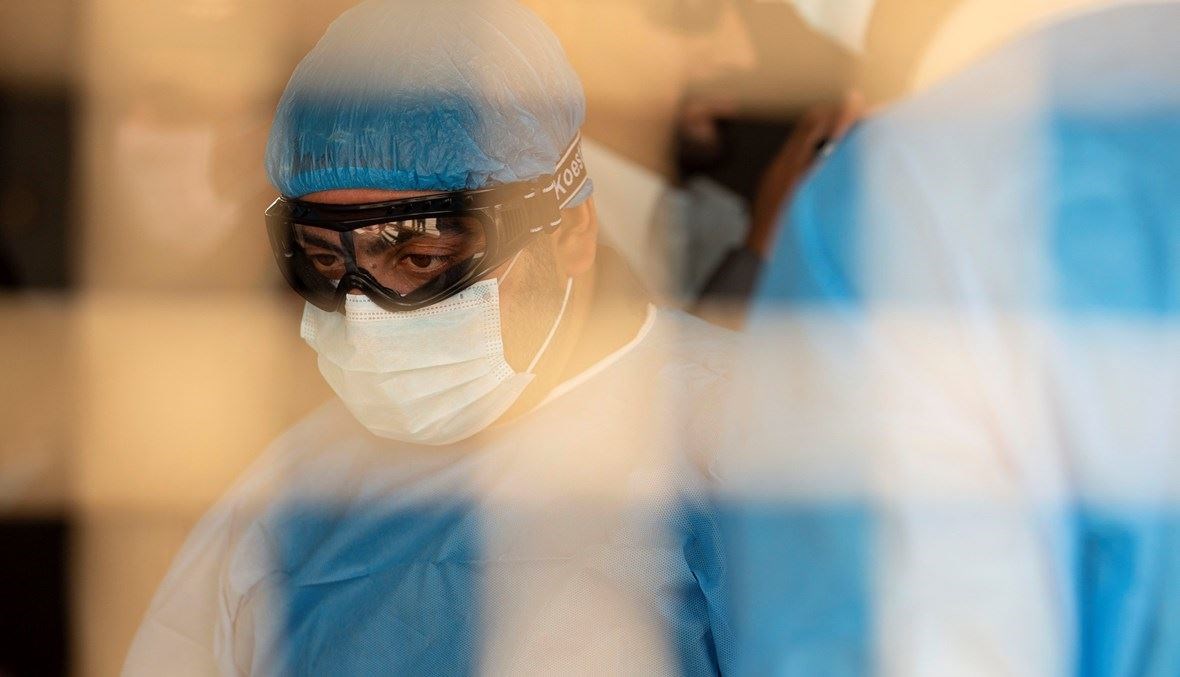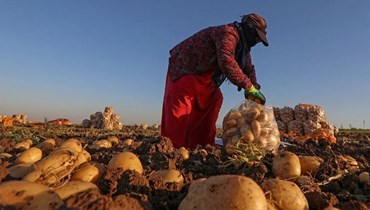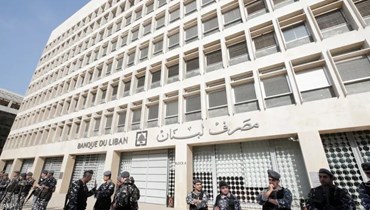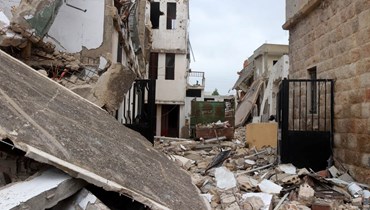?Coronavirus: What are the Implications
26-06-2023 | 10:50
المصدر: النهار - Sajad Abedi
Up to this point, 1,765,500 cases, 108,000 deaths; and still no peaks and no promising solution. The situation is significantly disastrous in almost every corner of the planet and the best hope to develop a vaccine is one year ahead. Many epidemiologists believe that the world is facing a situation similar to Spanish Flu, which appeared in January 1918 and lasted for almost two years.
But after almost exactly one century, we are living in a very different world; a globalized, extensively interconnected world in which, you may leave London and land in New York in less than 9 hours. A viral disease like Corona with a possibly two-week latent period should be considered as a real threat to the wellbeing of whole world.
Nevertheless, in such circumstances we are dealing with, states have limited options in this regard. First, to quarantine the predisposed regions, or the whole country under strict regulations. Second, to regulate a social distancing protocol in order to prevent the spread of the disease – in this scenario, the whole system will continue its routine duties. China adopted the first approach in Wuhan in order to prevent the pandemic and recently has claimed that it could successfully contain the disease. Considering the socio-economic structure of the latter, the setting was relatively compatible with such approach; but it doesn’t seem to be the case for the rest of the world. Italy, also, decided to quarantine the country, but US – let’s say, as the world’s (capitalist) economic leader – is placing a huge bet on the second scenario – the latter has considered a $2 Trillion Coronavirus Relief Package, however.
Given the nature of the Coronavirus – the long latent period – and also the fact that some states didn’t take the threat serious enough at first, many states have faced a very unpleasant dilemma at this point: whether to strictly quarantine the whole country and to stop a significant part of their economy, or to adopt a social distancing protocol and continue their semi-normal routines and not stopping their economy.
What are the implications of each? From the hygienic point of view, states should adopt the first approach in order to save people’s lives as much as possible, which seems to be the moral and right decision. But on the other hand, any country who is playing this scenario, is actually walking on a very dangerous path which may lead to the bankruptcy of the whole country. Considering the fact that this contagious disease has resulted from a virus, it will not be wiped out simply by using some drugs or antibiotics (because it’s a virus and not a bacteria); it means that as long as there is no vaccine (or at least a reliable, proven medicine), there will be more cases each year, just like a common flu. Should we close the whole country, we will not be able to end it, rather we will just postpone another pandemic for some time; at the same time, we are causing a gargantuan economic loss, the system may not bear for a long time. Some specialists believe that, having not developed a vaccine, next autumn and subsequently winter, the whole world will face another wave of the spread of this virus. And should we not quarantine, a considerable part of the population will be infected, but the economy will most probably survive the challenge.
There are other aspects should be considered as well. For instance, having the whole population stayed at home, people will not be able to pay their rents and instalments (let alone their first needs) which subsequently will bankrupt the banks and government and finally create a financial crisis like 2008 in US – in this situation all the interconnected gears of the economy will be crushed. Thus, it will be a lose-lose situation for everyone.
On the other hand, by adopting the second solution, up to 70% percent of the population will probably get infected and a considerable number – especially those with background diseases –will perish. Although, the system will probably replace these vacancies with fresh work forces and most likely the economy will survive.
Should we speak about the unsaid or should we not, it’s completely obvious that every government will consider all the parameters involved in such scenarios. Therefore, it’s clear that they weigh the costs-benefits in every option. It’s not moral, nor immoral for any state to consider these details; for example, having played the second scenario, the vulnerable population which probably have already some background issues – who also pose significant expenses at insurance companies and the government itself – will be replaced with fresh (and mostly young) work forces; the government will not pay salaries and benefits to unemployed; it will save a huge amount of resources; it will prevent most of future chaos; and etc.
These are the very basic facts and also implications of these two options before the states. There is no right or wrong decision in this situation and everything is placed on a very thin edge. Remember that SARS have started in 2008 and still there is no vaccine developed for it.


 اشترِك في نشرتنا الإخبارية
اشترِك في نشرتنا الإخبارية


























